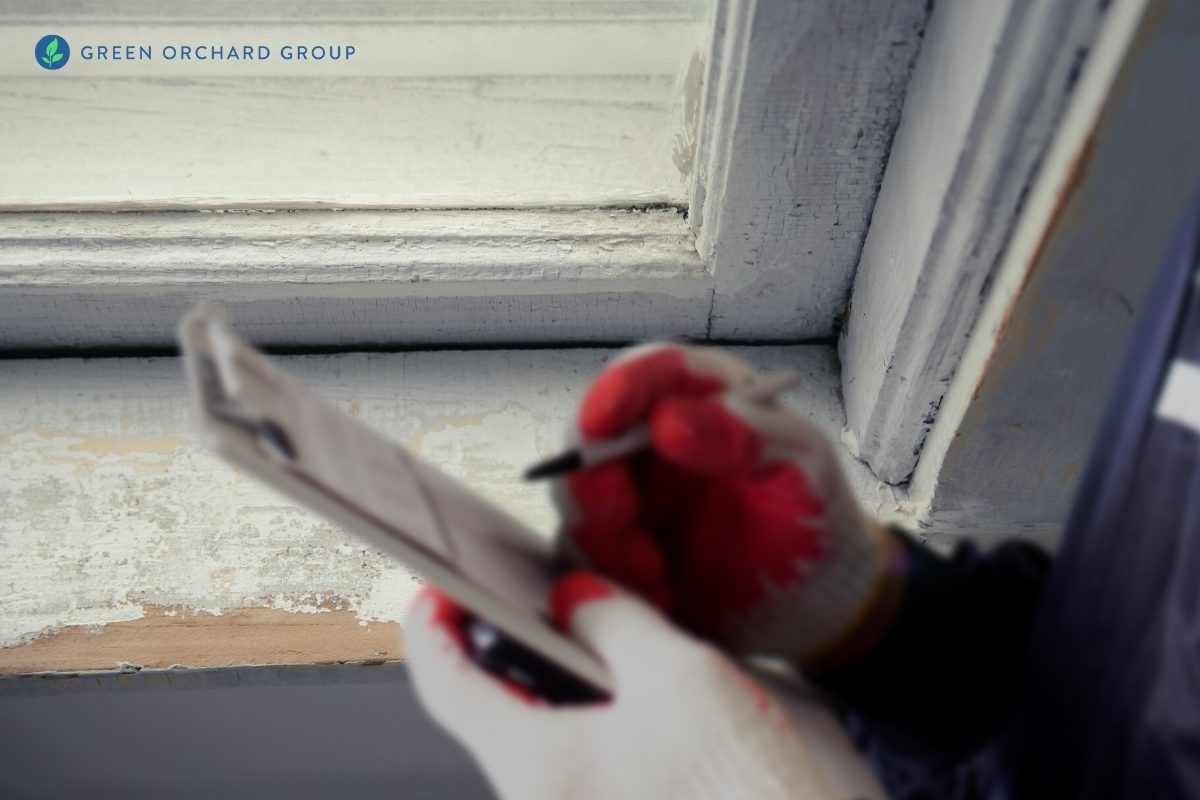Important Tools and Strategies for Reliable Lead Violation Cleanup
Addressing lead infractions effectively necessitates a comprehensive approach that mixes the right devices with strategic methods. The very first step involves gearing up workers with Individual Safety Tools (PPE) to secure their health. Concurrently, making use of specialized clean-up devices, such as HEPA vacuums and lead-specific cleaner, is crucial for thorough pollutant removal. Reliable containment approaches, consisting of plastic sheeting and negative atmospheric pressure systems, are important to protect against the spread of dangerous products. In addition, risk-free disposal methods and strict adherence to regulative guidelines make sure responsible handling of harmful waste. But what are the nuanced methods that really make a distinction?
Individual Protective Devices
Individual protective tools (PPE) is a vital element in the effective administration of lead contamination clean-up. PPE works as an important barrier, protecting workers from the unsafe impacts of lead exposure, which can lead to severe health repercussions. The crucial PPE for lead cleaning consists of respirators, safety clothing, gloves, and eye defense. Each kind of tools is particularly created to minimize different dangers connected with lead particles and dust.
Respirators, particularly those geared up with HEPA filters, are vital for filtering airborne lead fragments, protecting against breathing. Protective garments, including coveralls and non reusable matches, protects against lead dirt from adhering to employees' garments, lowering the risk of secondary contamination.
Furthermore, rigorous training on the appropriate usage and upkeep of PPE is necessary. Employees need to be educated on donning and doffing procedures to stay clear of contamination. Regular inspections and replacements of PPE elements are essential to keep their safety abilities, making sure a safe and certified clean-up operation.
Specialized Clean-up Tools

An additional essential device is the wet/dry vacuum, which can successfully tidy up both dirt and fluid pollutants. These vacuums commonly feature HEPA filters to offer an added layer of security. Wet cleans or tack fabrics are also essential for surface cleansing; they are particularly made to capture and hold lead fragments, lowering the threat of spreading contamination.
For more persistent deposits, specialized lead-removal cleansing representatives are called for. These agents are developed to break down lead fragments, making them simpler to eliminate. Scrub brushes with tough bristles can assist in this process, particularly on rough surfaces where lead dirt has a tendency to adhere more highly.
Furthermore, encapsulants are used to secure lead-contaminated surface areas, protecting against the launch of lead dust. These specialized paints and layers are made to abide by different substrates, supplying a lasting option for lead control.
Efficient Containment Techniques
Reliable control approaches are vital in reducing the spread of lead contamination throughout cleanup activities. Carrying out robust containment techniques ensures that lead fragments do not move to untouched areas, consequently safeguarding both employees and the environment (DOH & HPD Lead Violation Removal NYC).

To boost containment, encapsulants can be related to surface areas that are not being gotten rid of or disrupted. These specialized coverings bind lead dust, reducing its accessibility for resuspension. In addition, all personnel need to put on ideal Personal Protective Equipment (PPE), including respirators and non reusable matches, to stop contamination spread.
Safe Disposal Practices
Making certain safe disposal practices is a vital component in the administration of lead contamination cleanup. Correct disposal mitigates the risk of lead returning to the environment and threatening hop over to here public health and wellness. The primary step is to recognize and segregate lead-contaminated waste from other products. Protected containment using sturdy, leak-proof containers is vital to prevent splilling throughout transportation.
Carrying lead waste needs adherence to strict guidelines. Making use of qualified hazardous waste service providers guarantees that the materials are dealt with responsibly. Documentation, including shows up describing the kind and amount of waste, ought to accompany deliveries to track the waste from the site of beginning to its final disposal location.
Designated contaminated materials disposal centers are geared up to handle lead-contaminated products safely. These centers frequently employ sophisticated techniques such as stablizing, solidification, or chemical therapy to counteract the lead prior to disposal. Landfilling in specialized, lined areas that protect against leachate from contaminating groundwater is an usual method for final disposal.
Normal training for employees associated with lead garbage disposal is crucial to preserve safety criteria and prevent unintentional direct exposure. By adhering to these important source practices, companies can click for source significantly lower the ecological and health impacts connected with lead contamination.
Regulatory Compliance Tips

Sticking to regulative compliance is critical in the successful implementation of lead contamination cleanup. Comprehending and adhering to government, state, and regional guidelines guarantees not just the security and health and wellness of individuals yet additionally the lawful and financial well-being of the clean-up organization. The Epa (EPA) establishes stringent requirements, such as the Lead Restoration, Repair Service, and Paint (RRP) Regulation, which mandates appropriate certification and training for contractors dealing with lead-based tasks.
Compliance starts with a detailed evaluation of suitable laws and regulations. Organizations must stay updated on any legislative changes, which can be helped with through normal training sessions and signing up for sector updates. Paperwork is one more crucial conformity aspect; maintaining comprehensive records of all activities, including assessment records, worker training logs, and disposal materializes, is necessary.
In addition, involving with licensed lead assessors or take the chance of assessors makes certain that lead threats are appropriately recognized and minimized. Companies need to implement making use of Personal Protective Equipment (PPE) and ensure that safety and security methods are purely complied with. Finally, transparent communication with stakeholders, consisting of staff members, customers, and regulative bodies, will cultivate a society of compliance and accountability, ultimately adding to a much safer and much more efficient lead cleanup process.
Verdict
Reliable lead violation clean-up requires the integration of specialized tools and calculated methodologies to make sure safety and security and efficacy. Personal safety equipment (PPE) safeguards workers from direct exposure, while risk-free disposal methods and stringent adherence to regulatory compliance are necessary for sensibly managing dangerous waste.